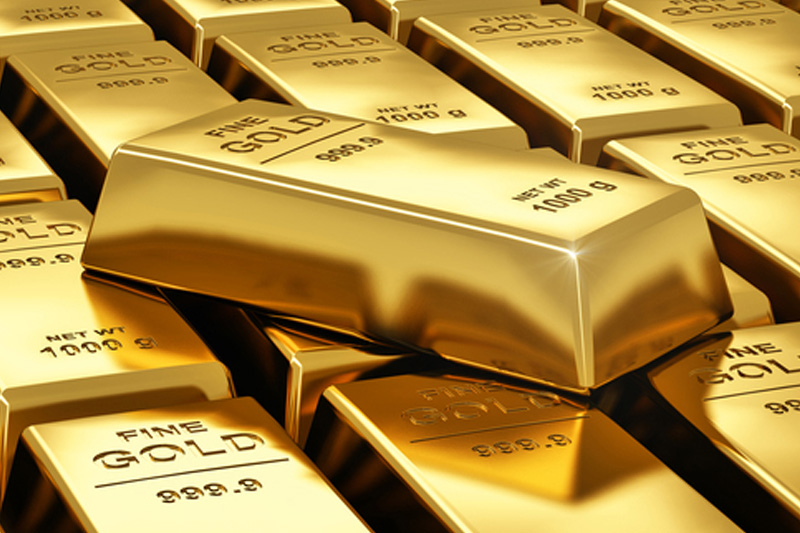By Barani Krishnan
Investing.com - Gold dived anew Wednesday, pulling silver down with it after a one-day breather, as the dollar continued its trailblazing rally.
Spot gold, which reflects real-time trades in bullion, was down 39.64, or 2.1%, at $1,860.62 by 3:12 PM ET (15:12 GMT). Its low for the day — $1,856 — set a new two-month trough for the yellow metal.
At Wednesday’s session low, the bullion indicator was just $61 from the July 17 bottom of $1,795.11 — which would be the next target of bears. If it gets there, the move would effectively end gold’s reign above the $1,800 level that has prevailed since late July.
Though gold was being hammered by the relative strength in its nemesis, the dollar, technical charts for the yellow metal show that a break below $1,800 was rather likely, said gold chartist Rajan Dhall.
“Elliott Wave downside targets point to the $1,767 area,” Dhall said in a commentary posted on FX Street.
On the futures side, U.S. gold for December delivery settled down just $39.20, or 2.1%, at $1,868.40 per ounce, after bottoming at $1,863.80.
Silver took an even worse pounding. The spot price was down $1.688, or 6.9%, at $22.691, after a two-month low at $22.745. The next lows it risks are $22.40, $21.90 and $19.90, charts show.
With Wednesday’s slide, spot gold has lost almost 5% on the week and is down nearly 6% for the month, while showing a drop of over 10% from August record highs of $2,073.
The dollar’s two-month long blitzkrieg, which has run parallel to the plunge in gold, received more firepower Wednesday as the British pound tumbled on concerns of a new U.K. lockdown over the COVID-19.
The Dollar Index, or DX, which tracks the greenback’s performance versus six currencies, was near session highs at 94.445 at the time of writing, marking its loftiest levels since mid-July.
Given the yawning U.S. fiscal deficit and concerns of economic recovery still being restrained somewhat by the six-month long coronavirus pandemic, many precious metals bulls have been caught off-guard by DX’s uncharacteristic surge.
Some analysts, however, point to exogenous factors such as the underwhelming recovery of the U.K. and European economies compared to that of the United States amid the COVID-19. U.S. housing, employment, auto sales and general consumer sentiment have registered growth, albeit slowly, since July despite the absence of new stimulus spending. All these have given the dollar a bid while weakening gold’s case as a counter haven.
Global events have also bolstered the dollar, with renewed U.S.-Sino tensions adding to the strength of the greenback, which has positioned itself as the default trade to the Trump administration’s war of words over China.
Federal Reserve Chairman Jerome Powell further endorsed this week the U.S. financial recovery from a near 33%-slump in second-quarter GDP sparked by the COVID-19.
Powell made no bones of the fact that another stimulus package was critical for the recovery to continue, though he alluded to the probability of it not emerging due to the tussle in Congress between the administration and Democratic lawmakers.
